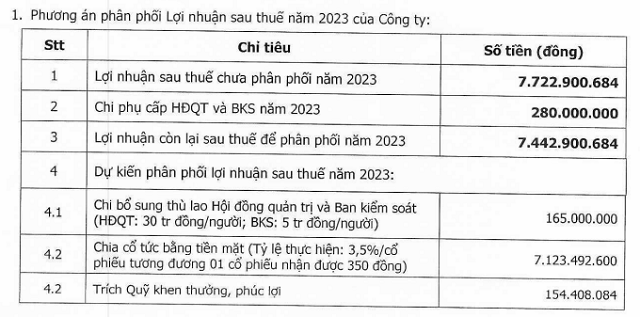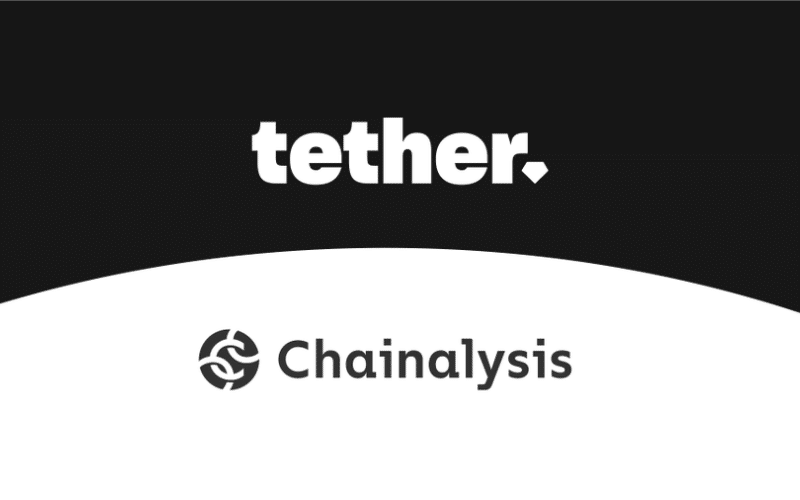That is the sharing of Assoc. Prof. Dr. Nguyen Dinh Tho – Director of the Institute for Strategy, Policy on Natural Resources and Environment, Ministry of Natural Resources and Environment at the seminar “Carbon Financial Market: Opportunities and Challenges for Vietnam’s Wood Industry”, organized by HAWA Vietnam on March 7, 2024 in Ho Chi Minh City.
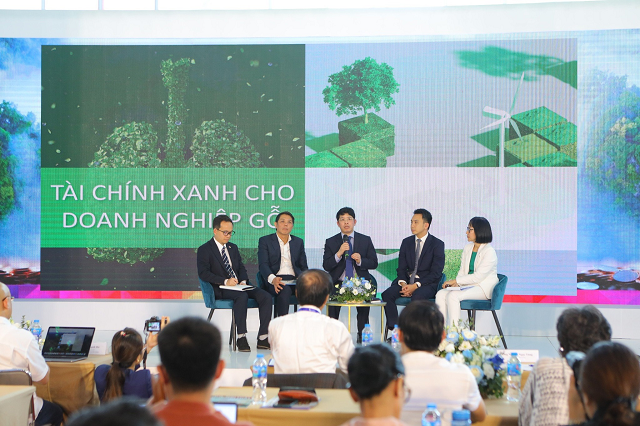
Assoc. Prof. Dr. Nguyen Dinh Tho (middle) speaking at the seminar organized by HAWA Vietnam. Source: BTC
|
To participate in the game, preparation is needed.
In October 2023, Europe officially implemented the Carbon Border Adjustment Mechanism (CBAM) and directly affected industries including cement, iron and steel, aluminum, fertilizers, pesticides, and hydro, accounting for 94% of Europe’s carbon emissions. The trial period will run until January 1, 2026.
Therefore, all businesses wanting to export goods to Europe must demonstrate that their products do not absorb or absorb carbon within the limits set by Europe.
While iron and steel, cement are industries with high carbon emissions, the wood industry, especially through forest planting and protection, has become a supporting industry for carbon-intensive industries to neutralize carbon.
“Therefore, in the future, the development of the wood industry needs to follow this direction to ensure increased income for forest protectors, as well as business people in the wood value chain,” the Assoc. Prof. Dr. expressed his viewpoint.
Currently, Vietnam ranks fifth in the world in terms of wood exports, so it is necessary to pay attention to the regulations of Europe to be prepared in the near future.
Mr. Tho gave an example that in Europe recently, many farmers and business people in the agricultural and forestry sectors have protested against environmental requirements that increase their production costs and reduce their competitiveness. Therefore, if Vietnam wants to join this game, it must be prepared.
From January 1, 2025, Europe will officially implement regulations that prohibit the export of all agricultural products if they originate from deforestation after December 31, 2020. The same applies to the wood industry and other industries.
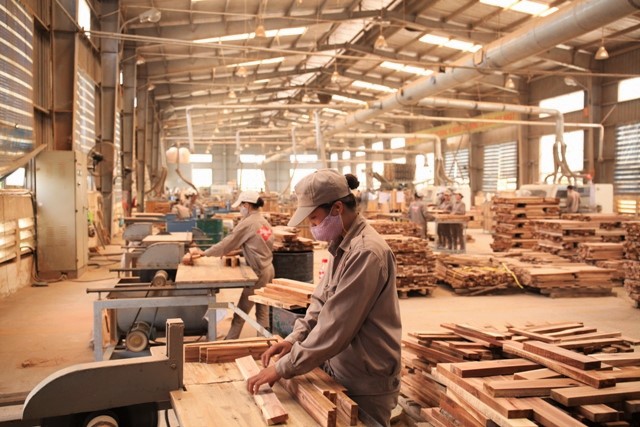
A wood processing enterprise. Source: Government Newspaper
|
According to Mr. Tho, if there is no preparation for this, many fields will be affected. Recently, the textile industry has been directly affected to the point of bankruptcy because Europe has prioritized environmental protection requirements as number one, followed by quality, and then price.
“Therefore, from January 1, 2025, if we cannot prove that wood products do not come from deforestation after December 31, 2020, they cannot be exported to Europe,” Mr. Tho emphasized.
“Many people think that their wood products are not produced from deforestation after the designated time, but the important thing is that they cannot prove that their products are not from deforestation. Therefore, it is necessary to prepare now to confirm that,” he added.
From this, it can be seen that monitoring and storing data to prove when needed is very important. Many businesses do not know this, so there needs to be awareness raising so that the circular economy is associated with digital transformation and green transformation, and can meet export requirements, avoiding crises due to inability to export.
What advantages are there for wood businesses?
Dr. Vu Tan Phuong – Director of the Sustainable Forest Management Certificate Office (VFCO), Vietnam Academy of Forestry, said that for the wood industry, it is currently not affected by CBAM but will be affected by the EUDR, the European regulation on deforestation prevention.
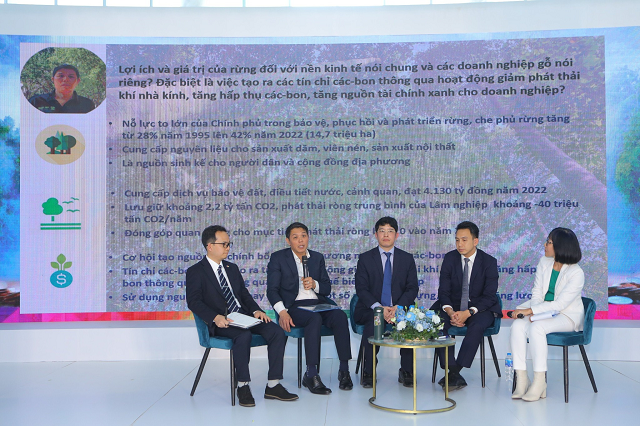 Dr. Vu Tan Phuong sharing at the seminar. Source: BTC
|
At the same time, the Government currently has a high priority for sustainable forest management, the use of certified raw materials that bring about legality, traceability, and integrity in socio-environmental terms.
Therefore, according to Mr. Phuong, the set target for the wood industry from now until 2030 is to certify 1 million hectares of forest for sustainable forest management so that 100% of the wood materials used for production domestically and for export are legal and certified, heading towards responsible production.
This will bring some advantages for businesses. Firstly, they can obtain green financial resources from trading carbon credits if they demonstrate reduced emissions in the production process or increased absorption in forest management.
Secondly, production businesses have opportunities to access new technologies, green technologies, and replace old technologies. Thirdly, it helps businesses improve their management capacity, especially for businesses that need to fulfill social responsibilities to the community.
“Doing these things will increase the brand value of businesses. When production is responsible for the community, for a low-carbon direction, the brand value will surely be very high, helping to compete better and naturally access more markets,” Mr. Phuong shared.
Are there any policies that the wood industry can take advantage of?
Mr. Tho said that in the Environmental Protection Law 2020, the Government has many incentives, such as land, fees, green procurement, green bonds, green credit. Moreover, the green classification list has been submitted to the Prime Minister, and businesses that meet this list will receive incentives, such as green bonds, etc.
Along with that, the Government will issue a national circular economy plan. Such contents together with the advantages of wood in reducing emissions when participating in the green economy, the wood industry will definitely enjoy many benefits.
Furthermore, the Government also has incentives for production linkages from fertilizer processing, seedlings to transportation, the final manufacturers as well as many policies to ensure the entire production process reduces carbon emissions.
If the carbon absorption of wood reaches about 70 million tons, it will be equivalent to the emissions of 15 million cars in a year. Therefore, reducing the use of gasoline vehicles and switching to electric vehicles during the transition process will support the operation of the economy to meet international commitments on reducing carbon emissions.



























